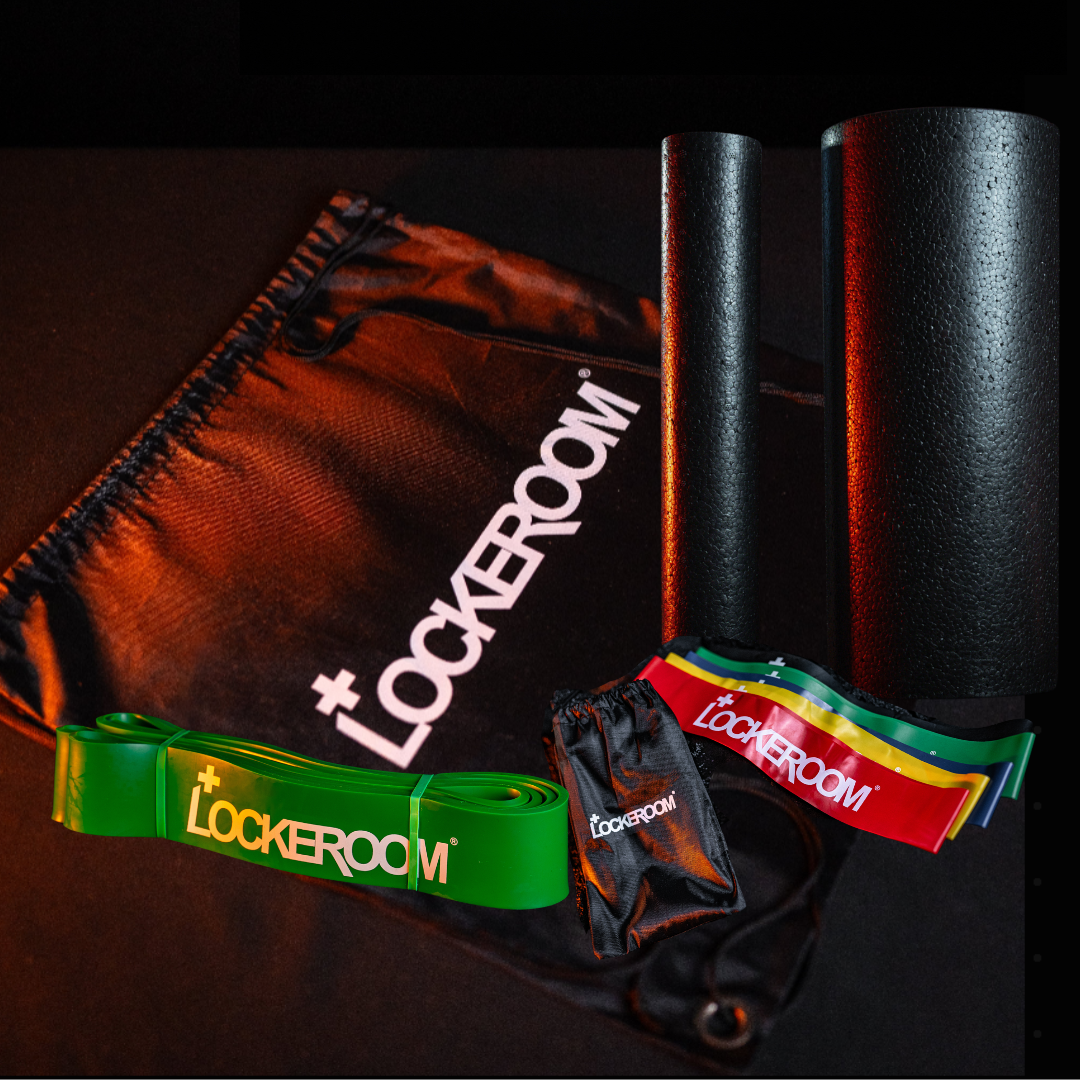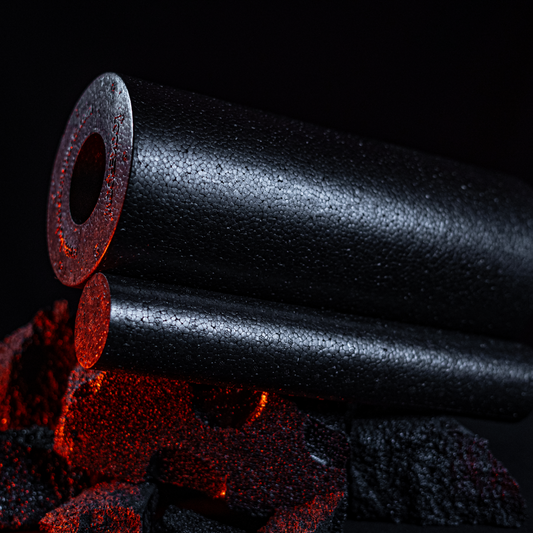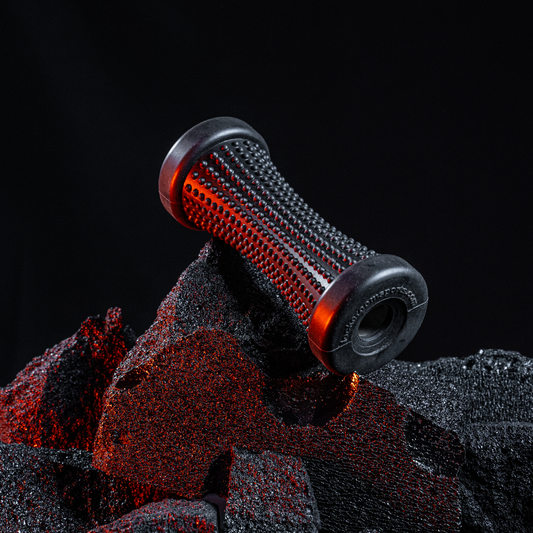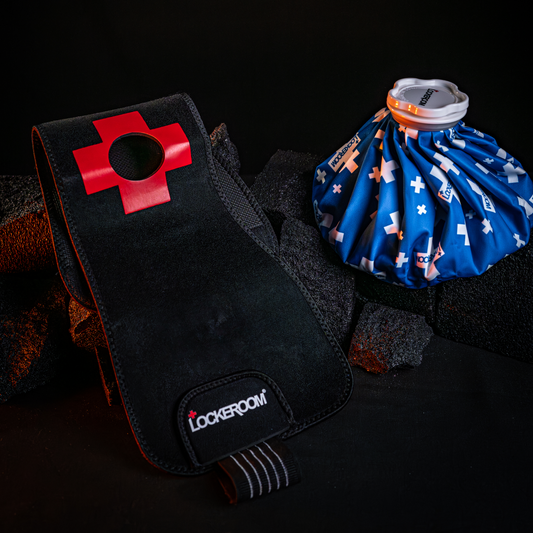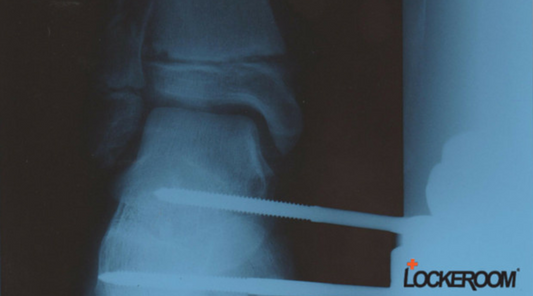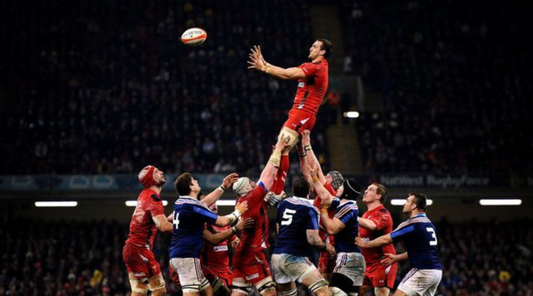
Q&A with Cam
Learn what might be behind your symptoms
Which athletes are most likely to suffer from Quad issues?
Athletes who participate in lower limb dominant sports such as football, rowing or high intensity gym workouts are the people most likely to suffer a Quad injury.
Common injuries to the Quad muscles include muscle strains, contusions (Corked Thigh).
Quad strains or tears are often seen in running and jumping athletes and Kickers and can affect different areas of the muscle, such as the Rectus Femoris central tendon, muscle-tendon junction, or muscle belly.
Contusions are caused by direct contact in collision sports .
DOMS, Delayed Onset Muscle Soreness is caused by increased or excessive lower limb activity, such as heavy squats at the gym or a sudden change in intensity and or volume of exercise like running or hiking.
How do you help patients with Quad strains?
For Quad pain, the best course of action includes applying ice for pain relief (using an Ice Mate), add compression and as soon as pain allows, start light quad stretches with a Stretchband or Powerband, and then engage in active exercises to regain strength and power. Early exercise includes simple contractions and progressing to pain-free knee extensions with a Powerband.
Reducing muscle tightness can be achieved using a trigger tool (Pocket Physio Max).
Muscle contusions, often resulting from direct force or collision sports, may involve heavy blows or impacts, and are managed with rest, ice, compression, and early, pain-free muscle contractions
Care should be taken to avoid repeated contusions that can lead to Myositis Ossificans.
How does someone tear their Quad?
Quadriceps tendon ruptures, occurring above the kneecap, and patellar tendon ruptures, occurring below the kneecap, are caused by forced knee flexion or explosive activities like running or jumping.
Both types of tendon ruptures result in the loss of the knee extensor mechanism and generally require immediate surgical intervention.
A rectus femoris rupture, which may occur in the tendon or mid-belly of the muscle, often happens during activities such as running, acceleration, deceleration, or kicking.
Symptoms include initial severe pain, which will subside over time, and a visible divot in the middle of the thigh if not surgically treated. This injury typically reduces hip flexor strength but does not significantly impact knee extensor strength.
For any of these injuries, the best course of action includes immobilizing the area, applying ice with an Icemate to manage pain, and seeking immediate diagnosis and treatment from a doctor.
Do Quad tears take a long time to recover from?
Quad Strains/Tear -
- Grade 1: 10-14 days
- Grade 2: 4-6 weeks
- Grade 3: 6-12 weeks
Corked Thigh - If managed very well usually a player can return within a week. More significant contusions two weeks. Return will be with padding to assist in avoiding further contact damage.
Tendon Ruptures - Recovery time for various quadriceps and patellar tendon injuries, such as a Rectus Femoris rupture, Quadriceps Tendon rupture, or Patellar Tendon rupture, typically ranges from 6 to 12 months following surgery.
The duration of RTP (Return to Play) depends on factors including the athlete's level, the availability of support, and their commitment to rehabilitation programs.







